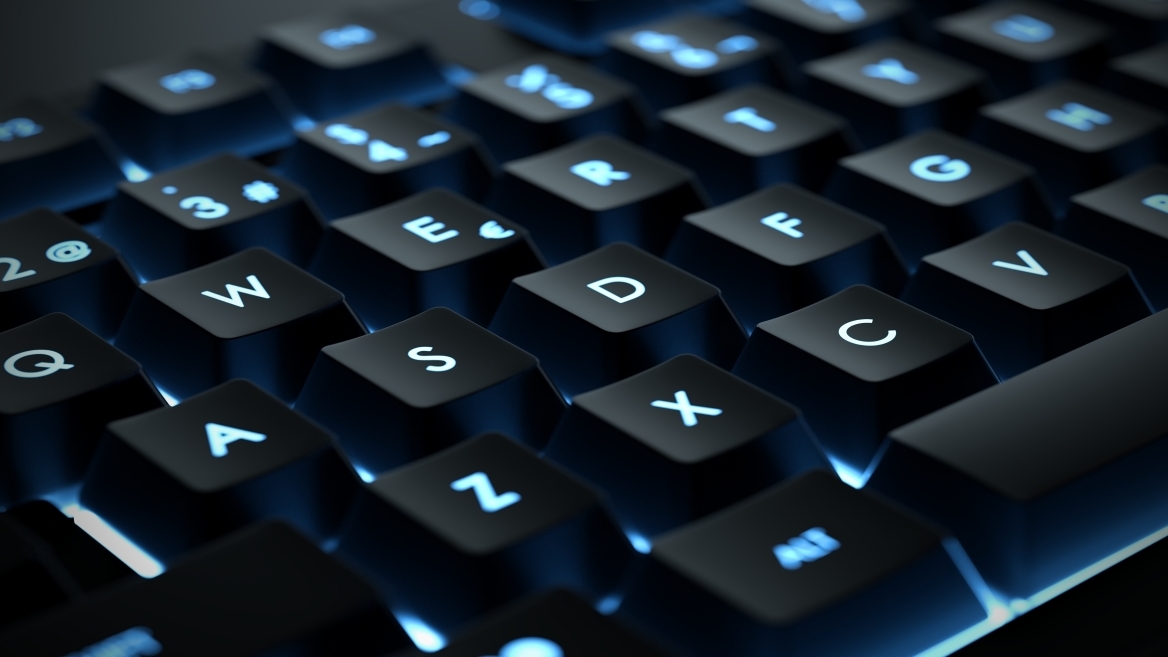Introduction : Island Style Keyboard
In the universe of keyboards, there is one style that has been gaining significant traction, especially among the tech-savvy and the design-conscious. The rise of island style keyboards, also known as chiclet keyboards, has been marked by their notable presence in modern laptops and desktops. They stand out with the distinctive look of individual, flat, and widely spaced keys—a design ethic that surpasses aesthetics to deliver a rewarding typing experience.
What Defines Island Style Keyboards?
Island style keyboards often misconstrued as just a design variation, are more about function than form. The term ‘island style’ is derived from the isolation of keys—each its own ‘island’ with ample space around it. This departure from conventional layouts aims to provide a number of benefits that resonate with a wide range of users.
Ergonomics of Spacing
The essence of island style keyboards is in their space. The keys are situated on the keyboard plate with a noticeable gap between them. This arrangement ensures that typing errors are minimized as there is less likelihood of accidentally engaging an adjacent key. For those who spend extended periods typing or require precision—be it for professional writing, programming, or student assignments—the ergonomic design offers a tangible advantage.
Tactile Sensitivity
Underpinned by satisfying tactility, island style keyboards keep users informed with each keystroke. While the feedback may not be as pronounced as that of mechanical keyboards, the soft click of chiclets is still discernible and contributes to the overall typing cadence. Island style keyboards provide enough resistance for your fingers to feel at home.
The Aesthetic Appeal
The sleek, clean look of island style keyboards cannot be understated. These keyboards, often found in silver, black, or white color palettes, complement the modern design ethos found in contemporary tech. Their style extends from the cosmetic to the pragmatic, as their flat, spill-proof surfaces are easier to clean and maintain.
Putting Island Style to the Test
Understanding island style keyboards requires a broader context, particularly in comparison with other keyboard varieties. Here, we assess the performance of chiclets against two popular contenders: mechanical and scissor-switch keyboards.
Mechanical Keyboards
Mechanical keyboards are renowned for their robustness and pronounced feedback. They are particularly favored by gaming enthusiasts and professionals where the audible ‘click’ and key travel of mechanical switches are appreciated. However, the typewriter-like noise could be displeasing in certain settings.
Scissor-Switch Keyboards
The scissor-switch, a mainstay of many laptop keyboards, brings a low-profile design with enhanced stability. It’s somewhere between the tactile experience of a mechanical keyboard and the more subdued response of island style keys. Scissors may lack the same visual allure but offer broader compatibility and quieter operation.
Island Versus Traditions
When compared, island style keyboards stand out as the middle ground: a response that’s perceptible but not overpowering and a profile that’s not as clunky as mechanicals but more substantial than their scissor-switch cousins. They represent a nuanced approach to keyboard design, balancing form and functionality in an increasingly mobile world.
Where Island Style Keyboards Excel
The utility of island style keyboards is not just in their versatility but also in the domains where they excel. While these keyboards are cropping up in various tech devices, from ultrabooks to tablets, it’s important to consider their best-fit use cases.
Productivity and Office Work
For those engaged in productivity tasks, such as data entry, report writing, or administrative work, the comfort and precision of island style keyboards are immensely valuable. They facilitate rapid typing with reduced fatigue over extended use.
Design and Creative Work
Creatives, from graphic designers to video editors, often find chiclets conducive to their work. The silent operation and responsive touch make island style keyboards conducive to a creative flow, where concentration is key.
Education and Students
Island style can benefit the student populous by offering a forgiving typing interface. Students are notorious for heavy usage and sometimes heavy-handed typing, making the less vulnerable chiclets a worthy ally.
Island Style for Gaming: A Surprise Competitor
Gaming keyboards have long been typified by their mechanical switches, but island style keyboards are making inroads into this domain as well. They offer a refreshing alternative for certain gaming scenarios, particularly those where quick reflexes and responsiveness are essential.
Quick Response and Quiet Play
Gamers who prefer games that demand agility and silence over fanfare—such as stealth or tactical titles—may find island style keyboards to be a match made in gaming heaven. The short travel distance equates to faster key presses, while the quiet method of operation eliminates the audible distraction of mechanical keyboards.
Multi-Use Spaces
In a world where gaming setups often double as workstations or shared spaces, the non-intrusive nature of island style keyboards can be a compromise. They allow users to switch from work to play without unsettling the environment with the characteristic clack of mechanicals.
Personal Preference Prevails
Like all things gamery, keyboard preference often boils down to individual taste. While the general consensus may tilt in favor of mechanical keyboards, the growing cohort of gamers opting for chiclets is a signal that island style keyboards are not to be underestimated in the gaming arena.
The Final Key Press
Island style keyboards, with their blend of ergonomics, functionality, and aesthetic appeal, have carved out a niche in the keyboard landscape. They are not just a design statement but a purposeful choice for those seeking a responsive and stylish typing companion.
